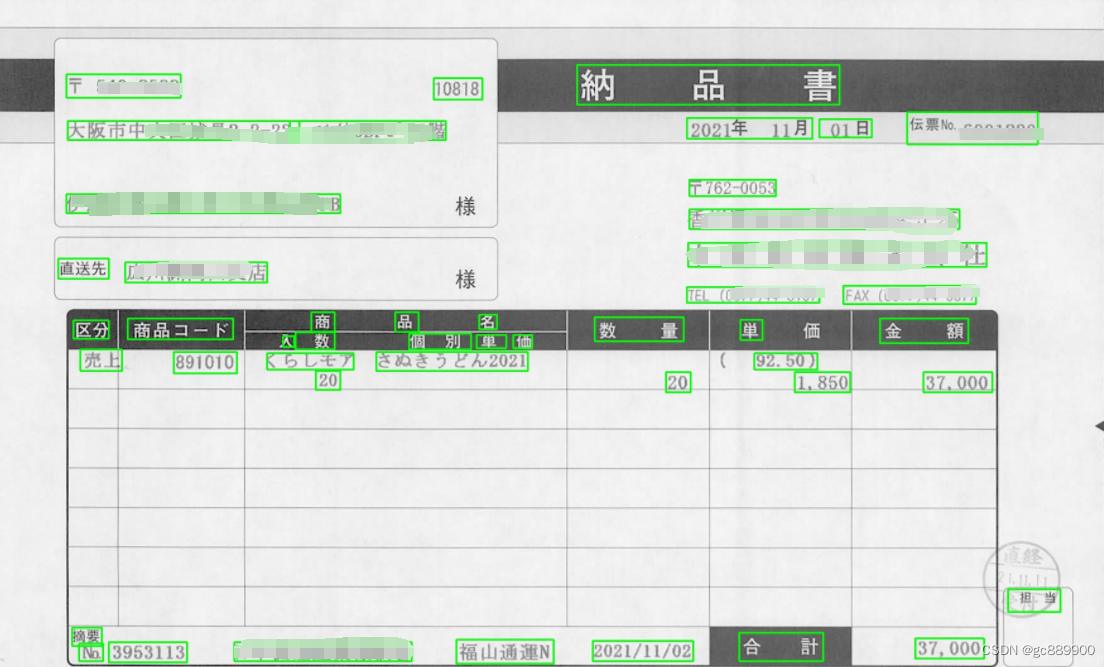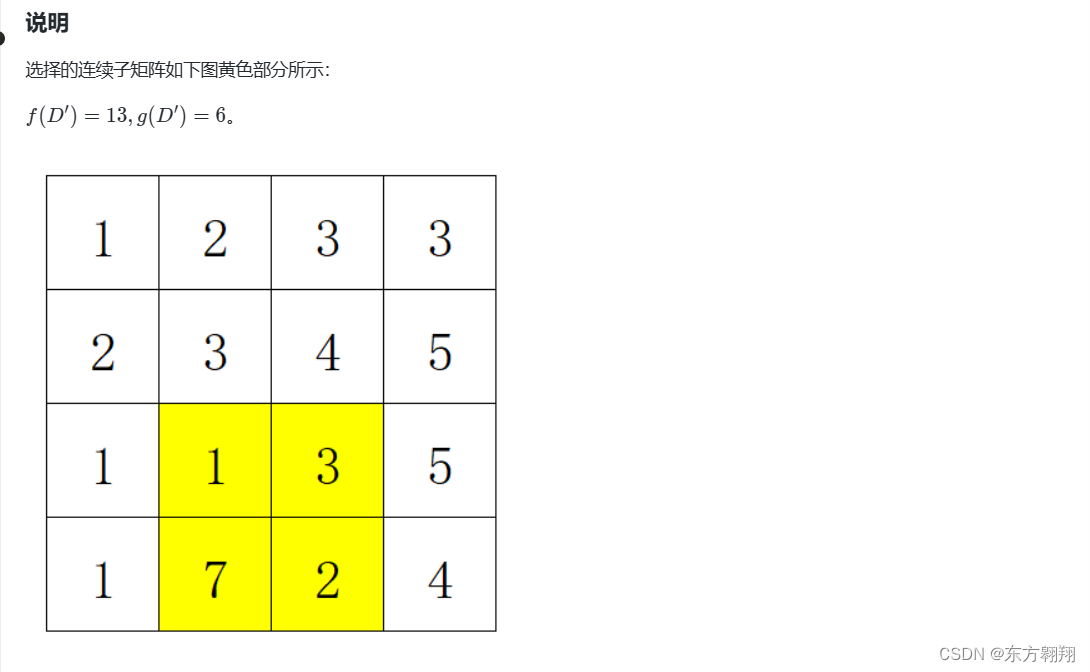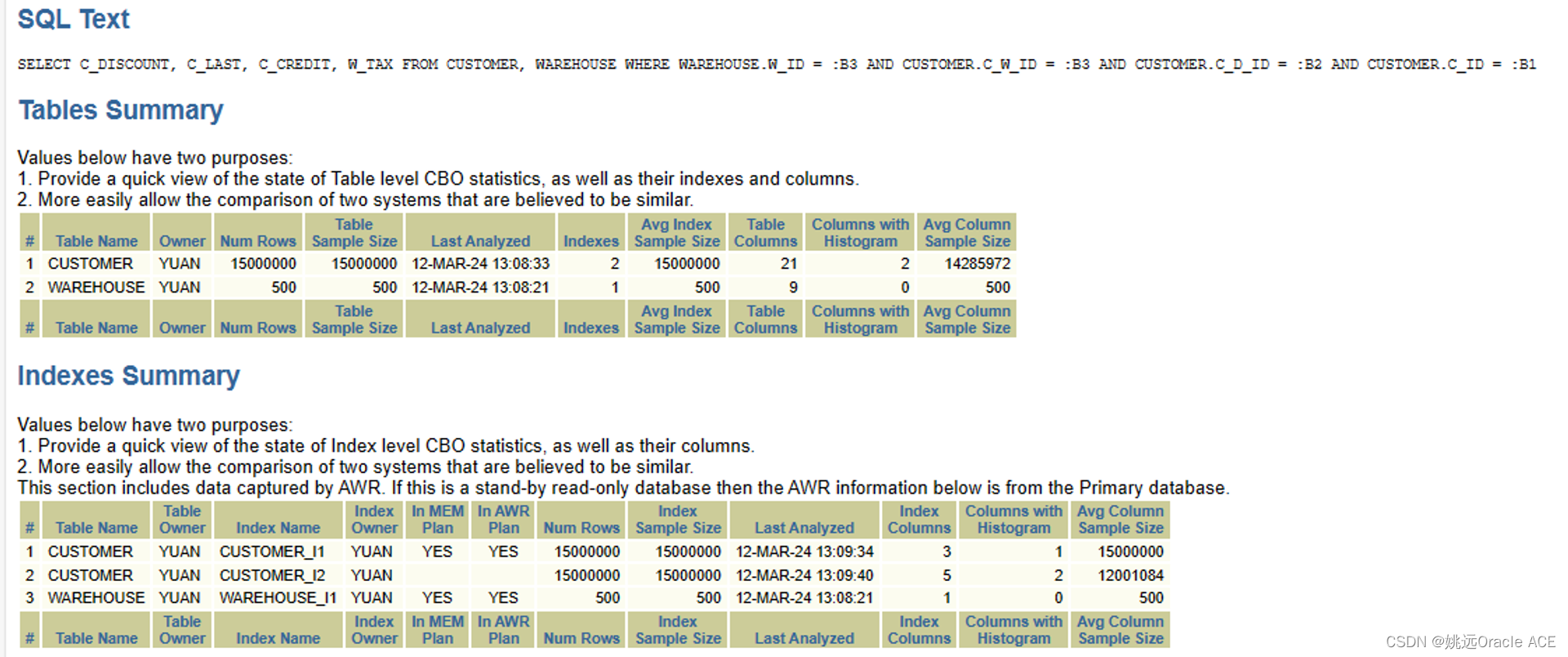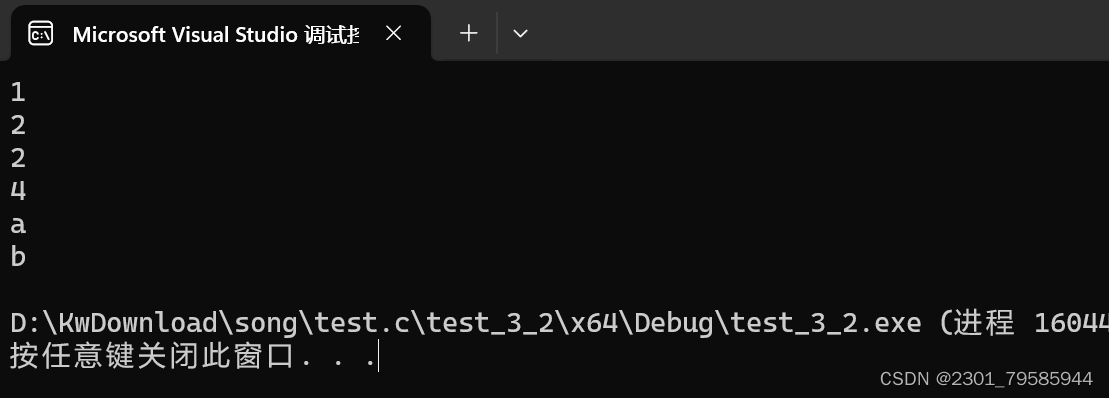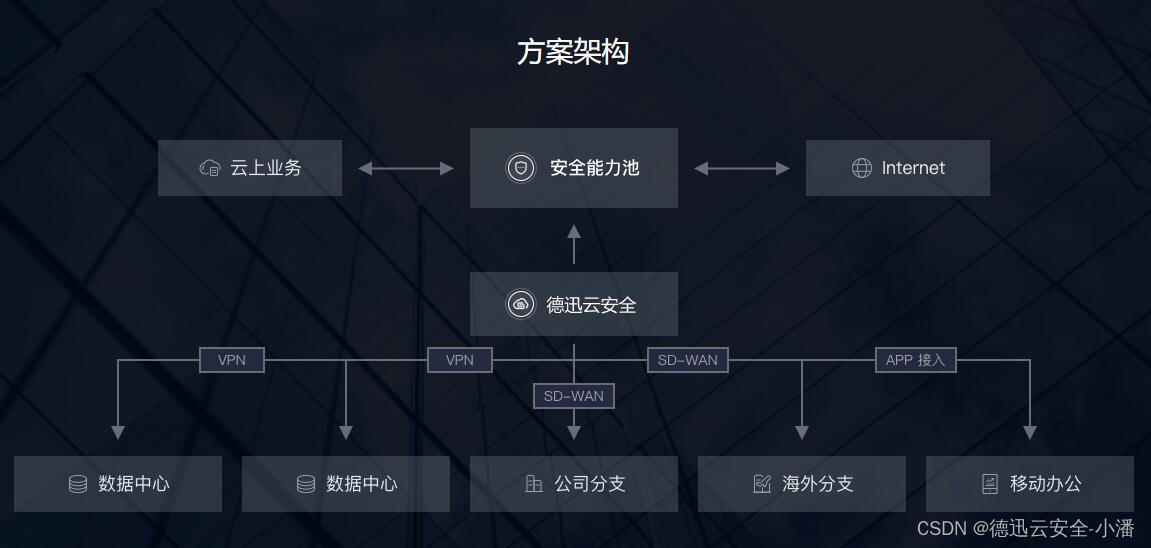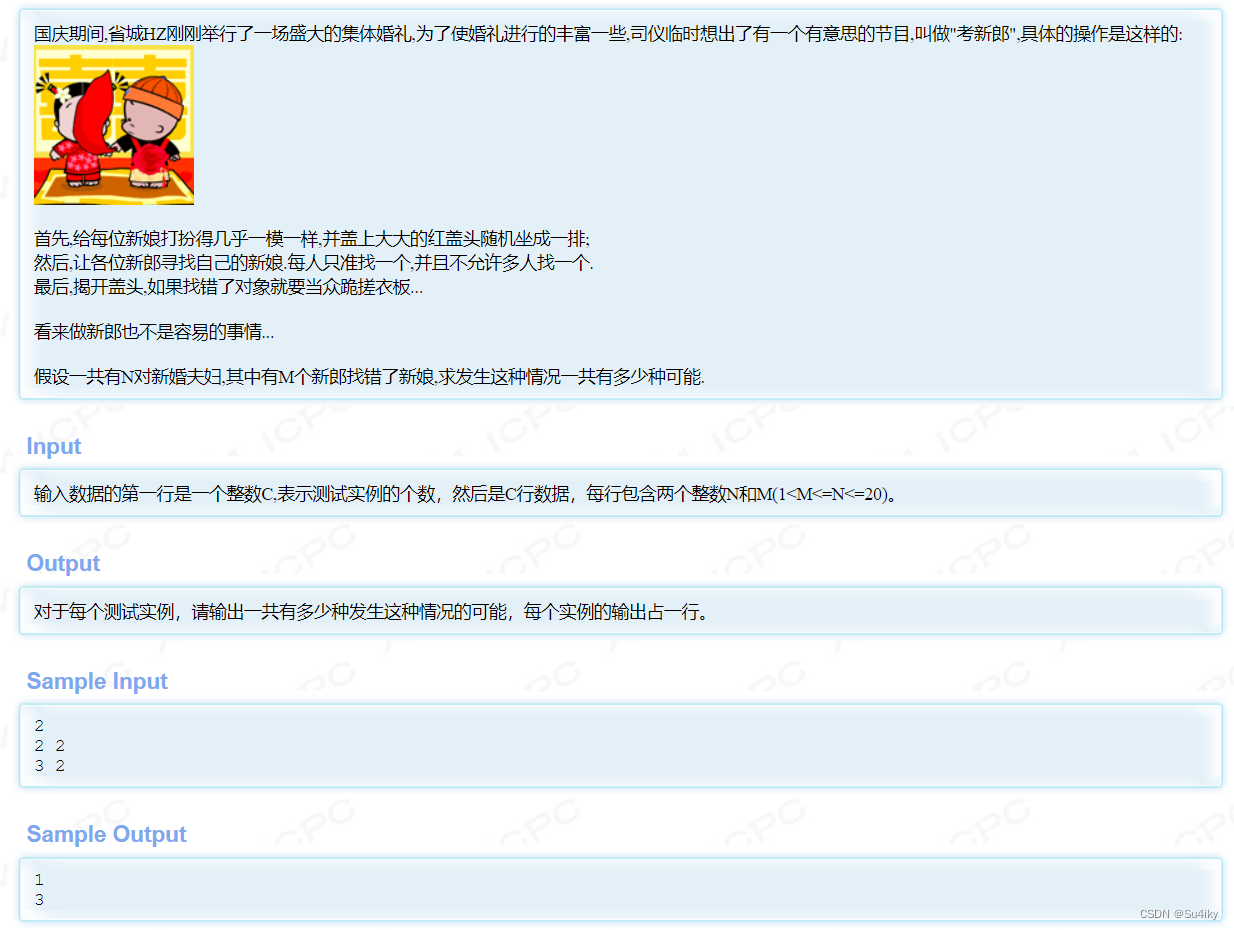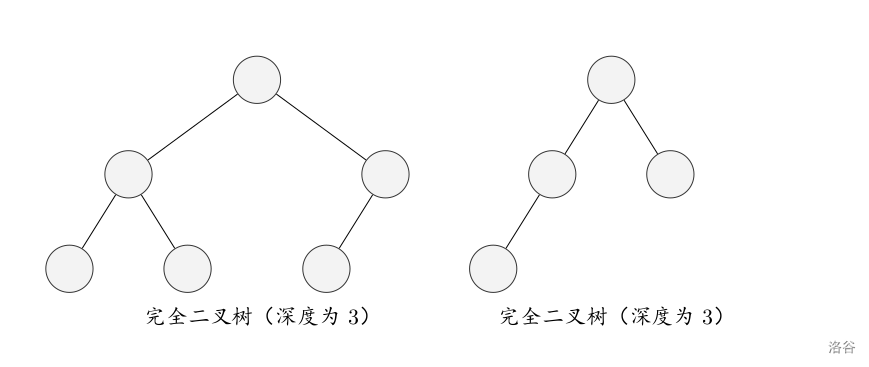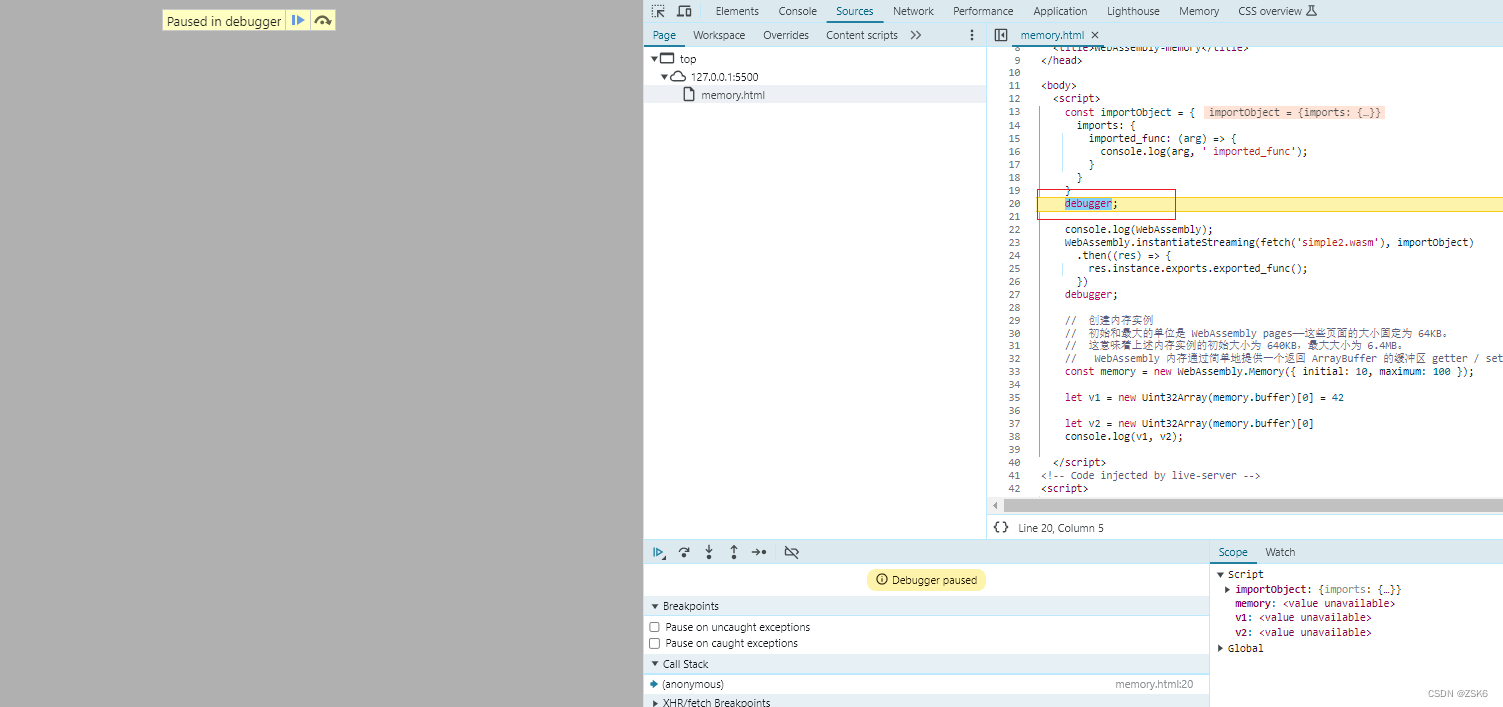整体思路:入栈然后出栈,操作就和队列相同了
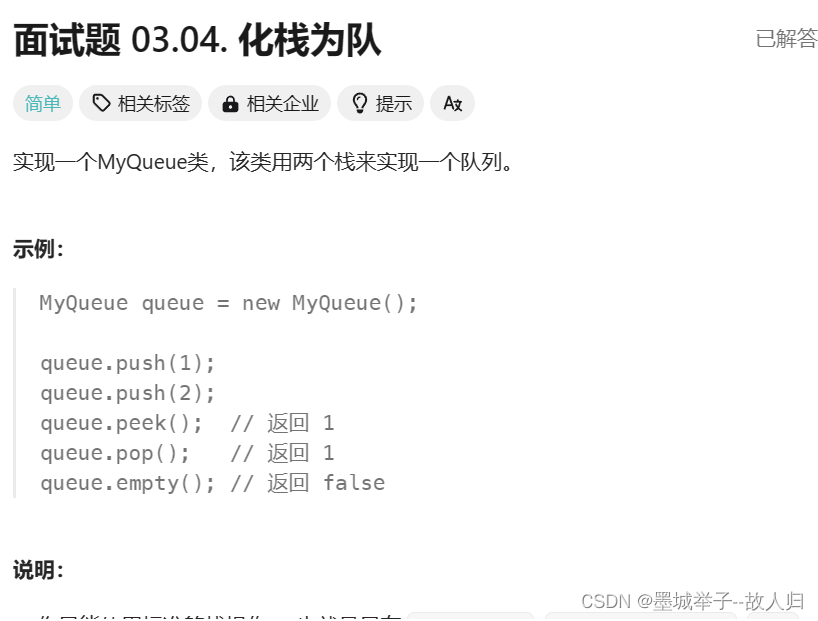
大佬的代码
typedef struct Node
{
int val;
struct Node* next;
}Node;
Node* newNode(int Val)
{
Node* n=(Node*)malloc(sizeof(Node));
n->val=Val;
n->next=NULL;
return n;
}
void push(Node* Head,int Val)
{
Node* n=newNode(Val);
n->next=Head->next;
Head->next=n;
}
int pop(Node* Head)
{
Node* n=Head->next;
Head->next=n->next;
int result=n->val;
free(n);
return result;
}
int peek(Node* Head)
{
Node* n=Head->next;
while(n->next!=0)
n=n->next;
int result=n->val;
return result;
}
void del(Node* Head)
{
while(Head!=0)
{
Node* n=Head;
Head=Head->next;
free(n);
}
}
typedef struct {
Node* stackIn;
Node* stackOut;
} MyQueue;
bool myQueueEmpty(MyQueue* obj);//函数声明,不然会出错
/** Initialize your data structure here. */
MyQueue* myQueueCreate() {
MyQueue* L=(MyQueue*)malloc(sizeof(MyQueue));
L->stackIn=newNode(0);
L->stackOut=newNode(0);
return L;
}
/** Push element x to the back of queue. */
void myQueuePush(MyQueue* obj, int x) {
push(obj->stackIn,x);
}
/** Removes the element from in front of queue and returns that element. */
int myQueuePop(MyQueue* obj) {
if(myQueueEmpty(obj))
return -1;
if(obj->stackOut->next==0)
while(obj->stackIn->next!=0)
push(obj->stackOut,pop(obj->stackIn));
return (pop(obj->stackOut));
}
/** Get the front element. */
int myQueuePeek(MyQueue* obj) {
if(myQueueEmpty(obj))
return -1;
if(obj->stackOut->next==0)
return(peek(obj->stackIn));
return((obj->stackOut->next->val)); //返回结点数值,但不能pop,pop会删掉结点
}
/** Returns whether the queue is empty. */
bool myQueueEmpty(MyQueue* obj) {
if(obj->stackOut->next==0&&obj->stackIn->next==0)
return true;
return false;
}
void myQueueFree(MyQueue* obj) {
del(obj->stackIn);
del(obj->stackOut);
free(obj);
}
函数的详细解析:首先这是一个链栈,而且是带头链栈,只能进行头插和头删,但函数peek返回的是栈底的值,这与传统栈的方法相悖,但是下文函数会有作用。
队列的创建为同时初始化两个栈,队列的入队列为将元素放到第一个元素的队列中,出队列为先判空,然后将in栈的元素出栈再入到out栈,并返回栈顶元素,搜索函数首先返回in栈的栈底元素,如果没有则返回out栈的栈顶元素,其余比较简单
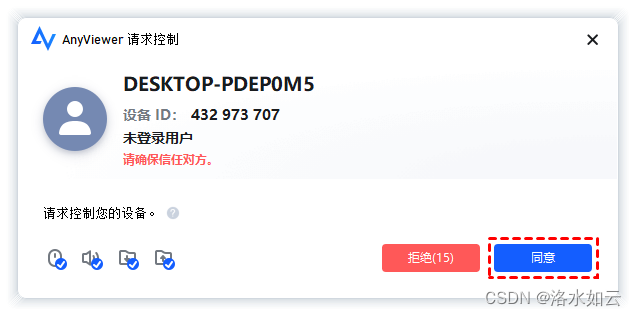

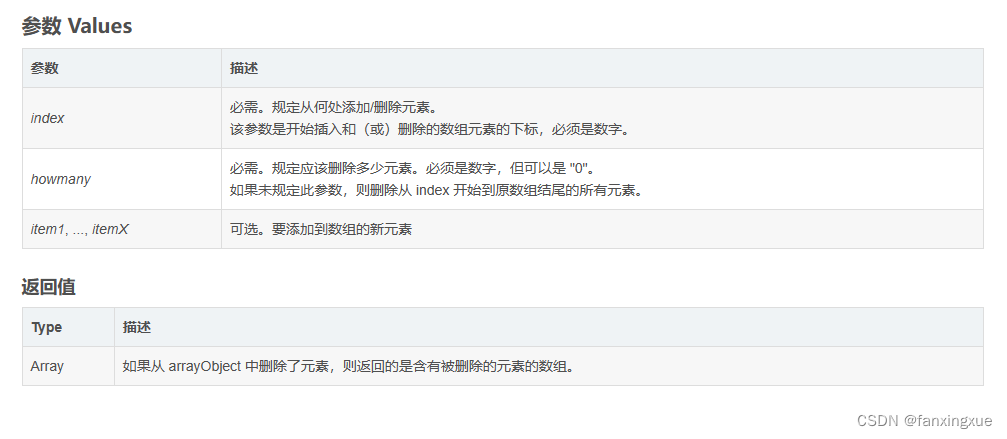
![[抽象]工厂模式([Abstract] Factory)——创建型模式](https://img-blog.csdnimg.cn/direct/be51e8f172964e8eba35859982effadf.png#pic_center)

